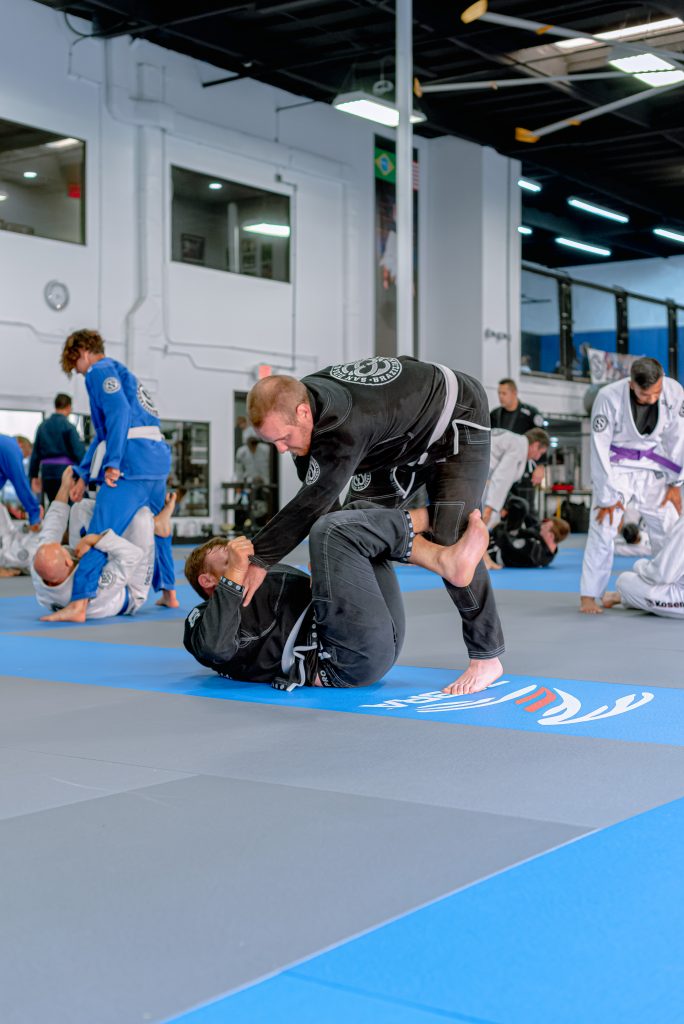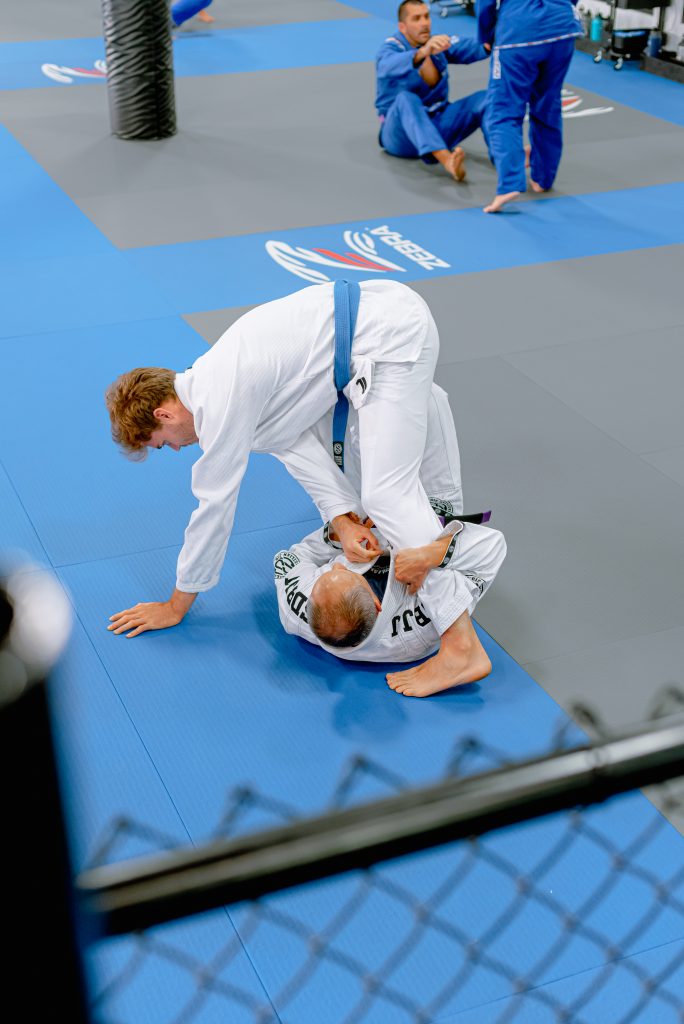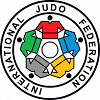In the mid-1800s in Japan, there were a large number of styles (“ryu”) of jiu-jitsu (sometimes spelled “jujitsu”). Techniques varied between ryu, but generally included all manner of unarmed combat (strikes, throws, locks, chokes, wrestling, etc.) and occasionally some weapons training. One young but skilled master of a number of jiu-jitsu styles, Jigoro Kano, founded his own ryu and created the martial art Judo (aka Kano-ryu jiu-jitsu) in the 1880s. One of Kano’s primary insights was to include full-power practice against resisting, competent opponents, rather than solely rely on the partner practice that was much more common all the time.
One of Kano’s students was Mitsuo Maeda, who was also known as Count Koma (“Count of Combat”). Maeda immigrated to Brazil in 1914. He was helped a great deal by the Brazilian politician Gastao Gracie, whose father George Gracie had immigrated to Brazil himself from Scotland. In gratitude for the assistance, Maeda taught jiu-jitsu to Gastao’s son Carlos Gracie. Carlos in turn taught his brothers Osvaldo, Gastao Jr., Jorge, and Helio.
In 1925, Carlos and his brother opened their first jiu-jitsu academy, and Gracie Jiu-Jitsu was born in Brazil.
At this point, the base of techniques in BJJ was similar to those in Kano’s Judo academy in Japan. As the years progressed, however, the brothers (notably Carlos and Helio) and their students refined their art via brutal no-rules fights, both in public challenges and on the street. Particularly notable was their willingness to fight outside of weight categories, permitting a skilled small fighter to attempt to defeat a much larger opponent.
They began to concentrate more and more on submission ground fighting, especially utilizing the guard position. This allowed a weaker man to defend against a stronger one, bide his time, and eventually emerge victorious.
In the 1970s, the undisputed jiu-jitsu champion in Brazil was Rolls Gracie. He had taken the techniques of jiu-jitsu to a new level. Although he was not a large man, his techniques of the open guard and its variants (spider guard, butterfly guard) became a part of BJJ. Rolls also developed the first point system for jiu-jitsu only competition. The competitions required wearing a gi, awarded points (but not total victories) for throws and takedowns, and awarded other points for achieving different ground positions (such as passing an opponent’s guard). After Rolls’ death in a hang gliding accident, Rickson Gracie became the undisputed (and undefeated!) champion, a legend throughout Brazil and much of the world. He has been the exemplar of the Brazilian Jiu-Jitsu technique for the last two decades, since the early 1980s, in both jiu-jitsu competition and no rules MMA competition.
Jiu-jitsu techniques have continued to evolve as the art is constantly tested in both arenas. For example, in the 1990s, Roberto “Gordo” Correa, a BJJ black belt, injured one of his knees, and to protect his leg he spent a lot of practice time in a half-guard position. When he returned to a high-level jiu-jitsu competition, he had the best half-guard technique in the world. A position that had been thought of as a temporary stopping point, or perhaps a defensive-only position, suddenly acquired a new complexity that rapidly spread throughout the art.
Rorion and Art Davie conceived of the Ultimate Fighting Championship. This was a series of pay-per-view television events in the United States that began in 1993. They pitted experts of different martial arts styles against each other in an environment with very few rules, in an attempt to see what techniques “really worked” when put under pressure. Rorion also entered his brother, Royce Gracie, an expert in Brazilian Jiu-Jitsu, as one of the contestants.
Royce dominated the first years of the UFC against all comers, amassing eleven victories with no fighting losses. At one event he defeated four different fighters in one night. This, from a fighter that was smaller than most of the others (at 170 lbs, in an event with no weight class), looked thin and scrawny, and used techniques that most observers, even experienced martial artists, didn’t understand.
In hindsight, much of Royce’s success was due to the fact that he understood very well (and had trained to defend against) the techniques that his opponents would use, whereas they often had no idea what he was doing to them. In addition, the ground fighting strategy and techniques of BJJ are among the most sophisticated in the world. Besides the immediate impact of an explosion of interest in BJJ across the world (particularly in the US and Japan), the lasting impact of Royce’s early UFC dominance is that almost every successful MMA fighter includes BJJ as a significant portion of their training.

















